Sergio Mattarella reelected president, ending Italy's political impasse
Italian President Sergio Mattarella has been reelected to serve a second term in office, ending a political impasse that exposed deep rifts within the ruling coalition and risked toppling the government.
Mattarella, 80, had ruled out a second mandate and had even signed a lease on a new apartment in Rome to prepare for his move from the presidential palace atop Quirinal Hill.
However, he unexpectedly succumbed to pressure and agreed to stay on as Italy’s head of state after leaders of the ruling parties failed to find a compromise candidate in a week of fraught voting in Parliament.
Mattarella won in the eighth round of voting on Saturday night when he secured the minimum of 505 votes needed from the eligible 1,009 Grand Electors in Parliament. The reading aloud of the ballots was interrupted by applause from parliamentarians. When the count resumed, Mattarella continued on to win 759 votes.
He consistently received a high number of votes from parliamentarians during the first six rounds of voting and secured 387 in the seventh round on Saturday morning.
"I had other plans, but if needed, I am at your disposition," parliamentarians quoted Mattarella as telling them after they visited his official Quirinale residence to ask him to remain in office.
A former constitutional judge and one-time centrist lawmaker, Mattarella was initially elected president in 2015. His seven-year term ends on February 3.
Mattarella’s willingness to serve again “is a choice of generosity toward the country,” Democratic Party leader Enrico Letta told a news conference minutes before Saturday’s second round of voting began.
“You don’t change a winning team,″ former prime minister Matteo Renzi told reporters.
Mattarella’s second mandate as president is expected to be tricky from the start, amid fears that infighting within the coalition government will only deteriorate ahead of next year's general election.
At the Quirinale presidential palace, he navigated the resignation of his first prime minister, Renzi, his replacement by Paolo Gentiloni, and the advent of an anti-European populist government in 2018.
When the subsequent coalition collapsed in early 2021, Mattarella brought in Mario Draghi, former European Central Bank chief, to lead a left-right government and manage the fallout of the COVID-19 pandemic.
It was Draghi who called party leaders to encourage the lobbying to get Mattarella to stay on as president. Draghi had previously signaled a willingness to move into the president’s role, but some party leaders feared that would trigger an early election.
With only one year in power, Draghi was able to restore calm to Italy’s politics and introduce major economic plans for the upcoming 200 billion euros in European recovery funds.
The president is a powerful figure in Italy who appoints prime ministers and is often called on to resolve political crises in the euro zone’s third-largest economy.
Israeli settlers torch Palestinian cars, homes in West Bank town
Iranian diaspora in EU, UK deplore ban on national airline
VIDEO | Press TV's News Headlines
Israel’s military struggling with shortage of troops: Report
Iran calls for more efforts to establish peace in Gaza, Lebanon
Israel targets journalists in southern Lebanon to mask atrocities
Trump vs Harris: A choice between two deranged war hawks who cheer genocide in Gaza
Over 1,800 Palestinians killed in Israel’s month-long attacks in northern Gaza


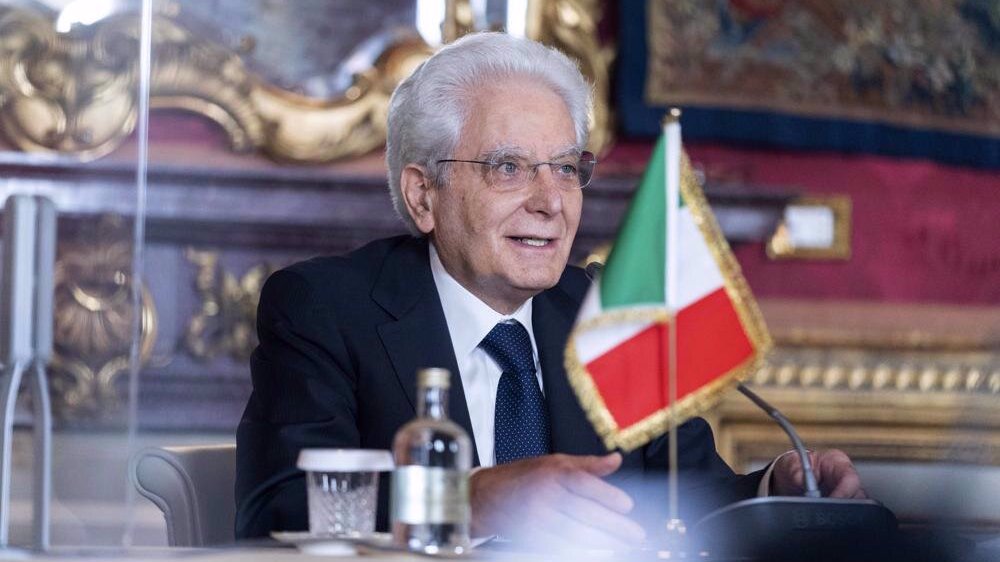

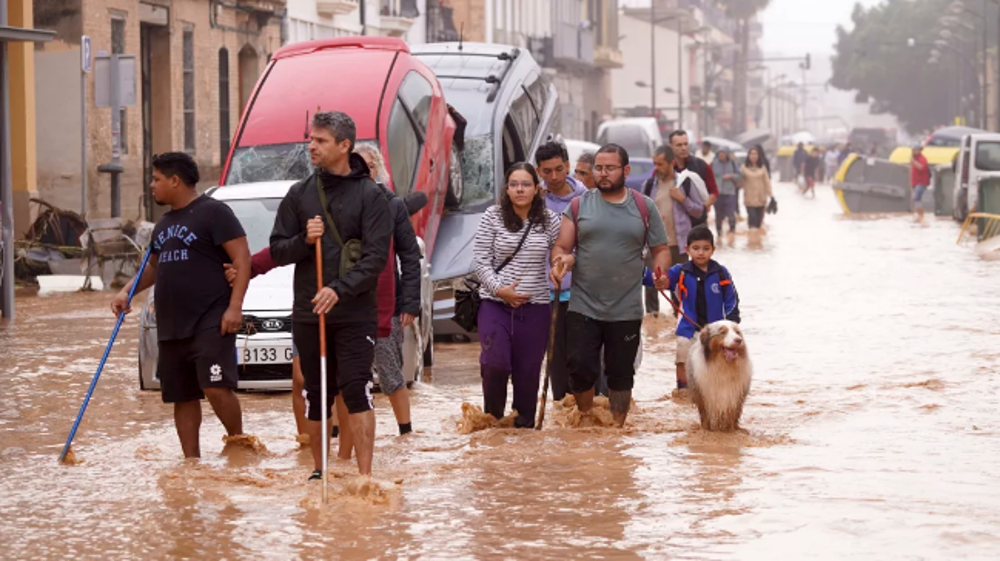
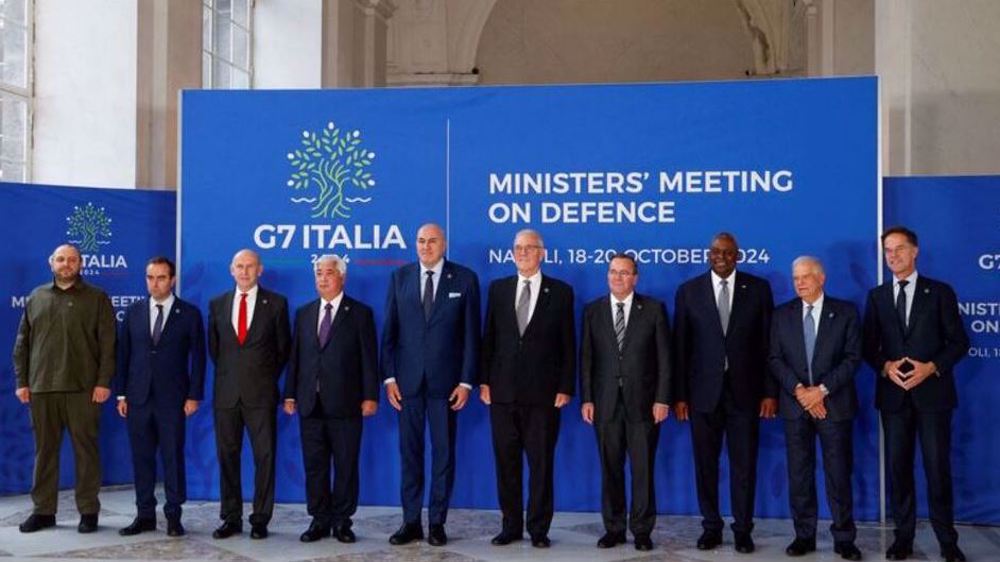
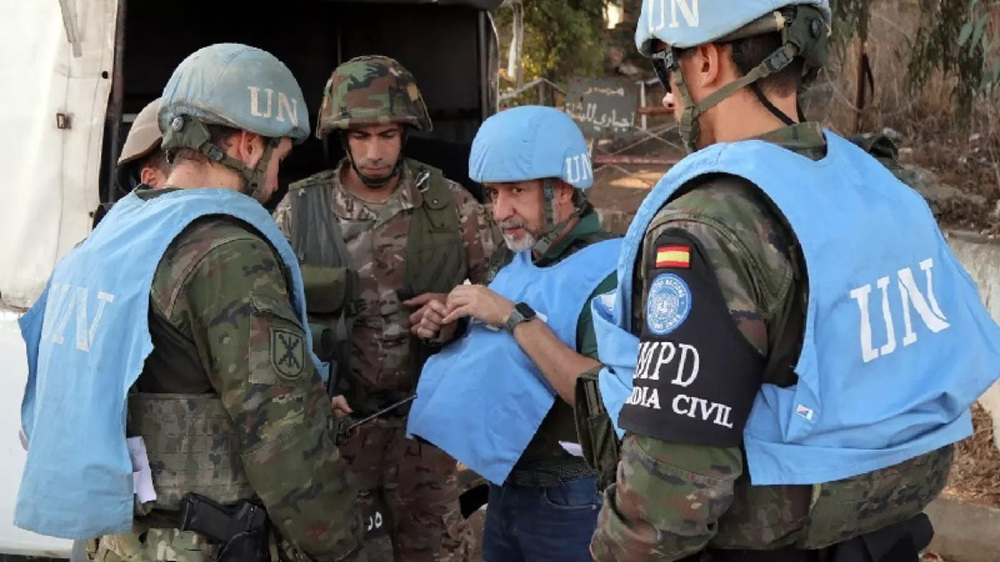



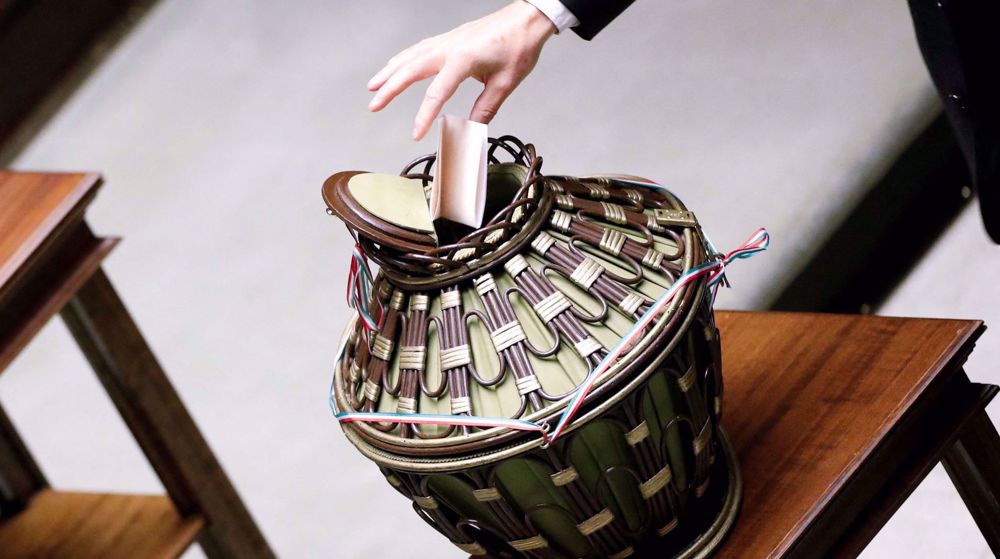
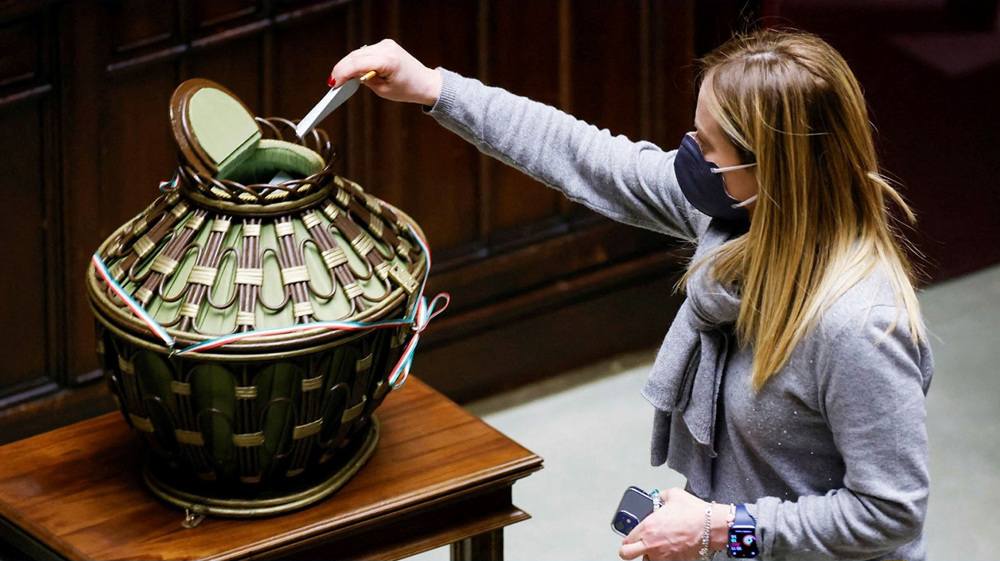
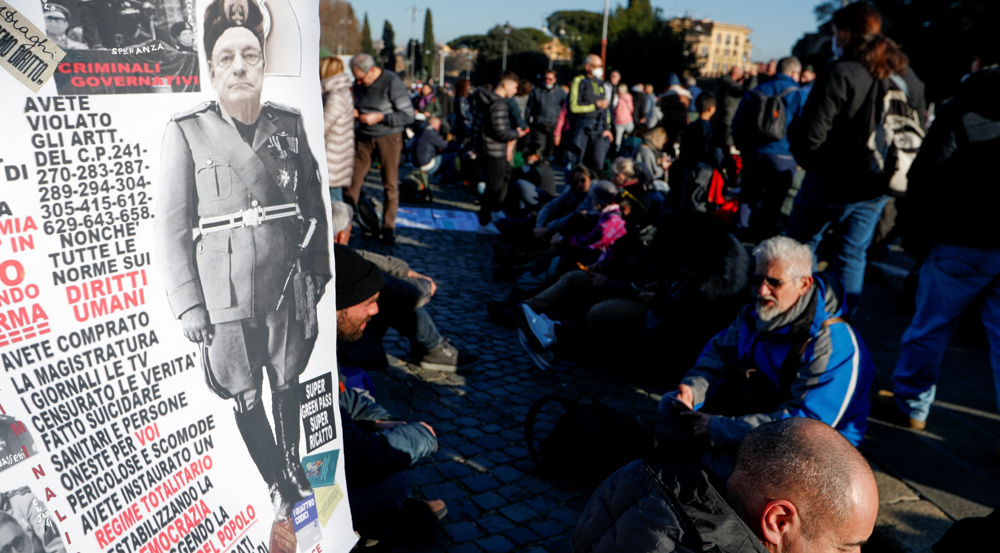

 This makes it easy to access the Press TV website
This makes it easy to access the Press TV website